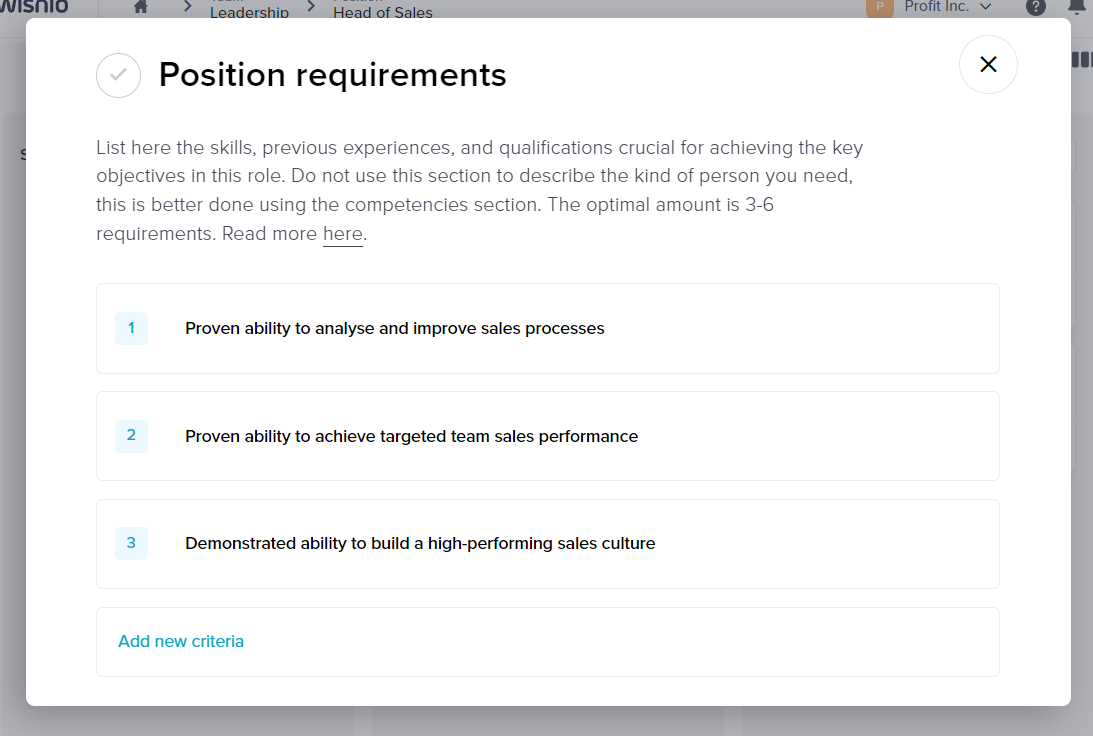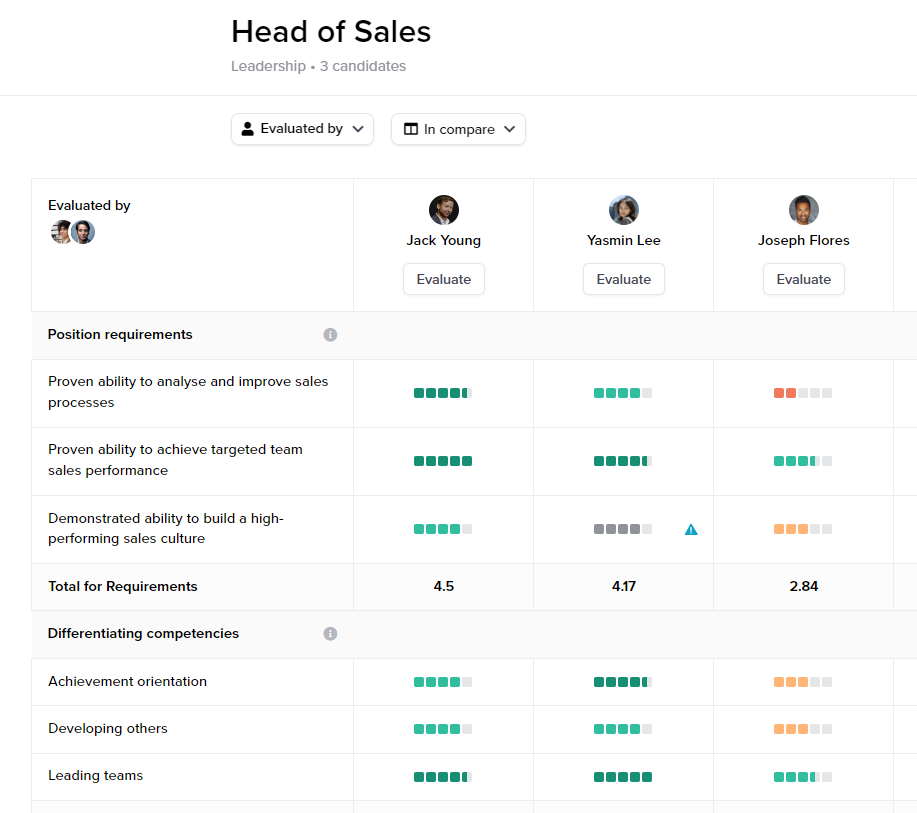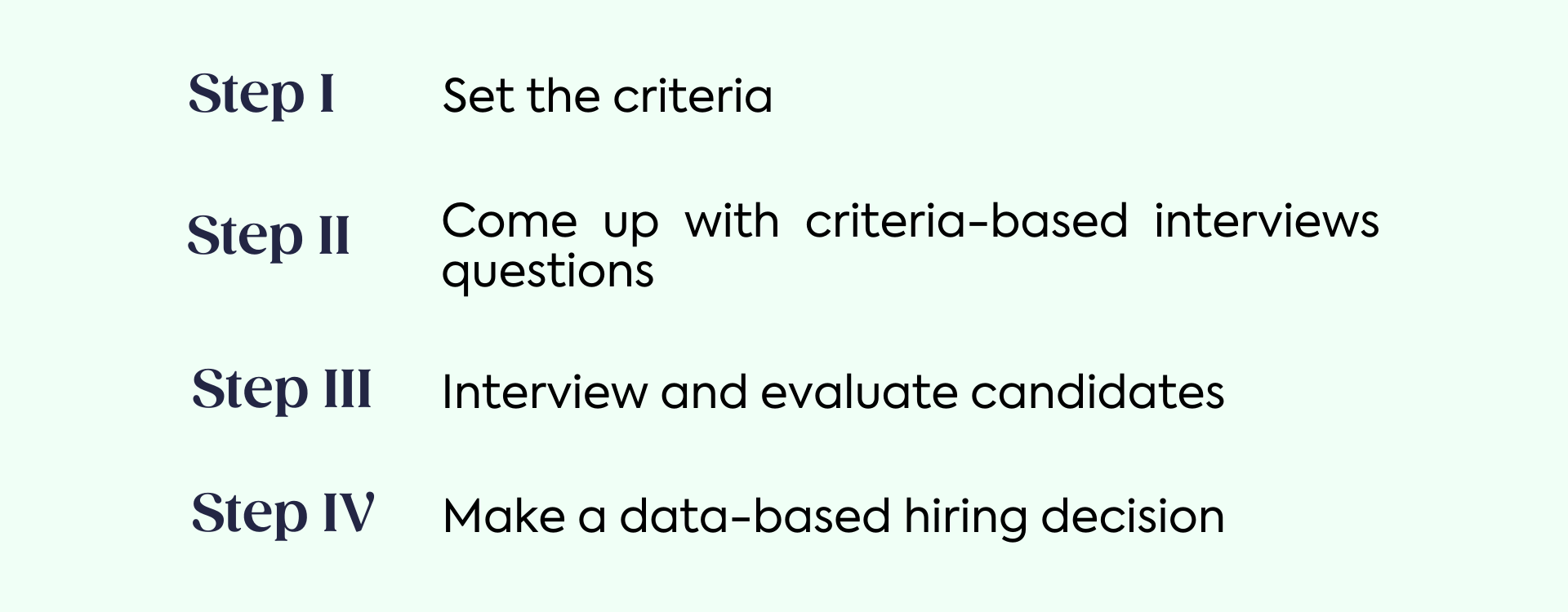How to use hiring scorecards for better talent assessment
Scorecards are the foundation of an effective hiring process. Here's what they are and how you can use them to assess your talent better.
Ott Niggulis
Hiring decisions are complex. During the hiring process, a great deal of information is exchanged between candidates and the hiring manager. Regretfully emotion, personal feelings, and bias play a more significant role in decision-making than many of us would like to admit.
To help drive out bias and focus on the things that matter, research has shown that having a structured process and a scoring system is a must.
Indeed, Nobel Prize-winning psychologist Daniel Kahneman, Lou Adler and others consider it the best-known way of making great hiring decisions.
Looking for Hiring Scorecards? Click here to check out our free scorecard library!
What are hiring scorecards?
Hiring scorecards are the foundation of an effective hiring process. A comprehensive and systematic method for evaluating candidate suitability for a position with clear, defined goals and an established structure.
Essentially, they are a series of criteria with specific questions to check whether a candidate matches the criterion or not. Each criterion is evaluated separately, and the scores added up to give an overall score for each candidate.
These results give hiring managers a clear and focused overview of the candidates and how they compare against each other.
At Wisnio we use extended hiring scorecards that include position-based key objectives, position requirements, and competencies in an easy-to-use and intuitive interactive guide:

Example extended hiring scorecard from the Wisnio platform
Using hiring scorecards creates a level playing field for all candidates - everyone will be evaluated based on the same criteria and scored on their individual answers.
Combining these data into a common candidate comparison table enables data- and evidence-based decision-making.
Main benefits of using a scorecards-based candidate evaluation:
All candidates are evaluated using the same methods and clear criteria;
Consistent and objective results;
Removes bias from the interview process;
Enables evidence-based decision making;
Switching to hiring scorecards requires extra work up front, but when the result is a better decision-making process and candidates who truly fit, it’s well worth the effort.
Step 1 - Set the criteria

Example position requirements for a Head of Sales position
The most important part of a hiring scorecard is clearly understanding what you want to measure and how.
These criteria are most often derived from a comprehensive job analysis that includes a position description, what the new hire needs to achieve (key objectives), position requirements, and core competencies that will help differentiate candidates.
As your time with a candidate is limited, you can only cover 4-5 topics/areas of interest. Choose wisely and only include criteria that you can not otherwise evaluate.
Learn more: Job analysis with Wisnio
Step 2 - Interview questions
This is where things start to diverge from the usual way of hiring using free-wheeling interviews.
With the criteria set, the next task is developing interview questions to evaluate each criterion separately.
For example, for a Head of Sales position, one of the criteria could be a proven ability to analyse and improve the sales processes. To evaluate this, you could ask the candidate to describe their experience with implementing and documenting sales processes and how they managed it at their previous company.

Example position requirements-based questions
What’s important to remember is that all candidates will be evaluated based on the same criteria, using broadly the same interview questions.
Depending on the answers, additional questions can and should be asked to better understand the candidate’s experience and suitability for the role.
For best results, we recommend using behavioral interviewing techniques that focus on past experiences by asking questions concerning specific behaviors, skills, and abilities.
The aim of which is to understand how candidates have acted in situations that are likely to come up in the new role.
Learn more: A guide to behavioral interviewing

Step 3 - Interview and evaluate
With interviewing, skip the long company presentations, talk about hobbies, etc. Use the little time you have with a candidate to get a clever understanding of their suitability.
Go criterion by criterion with the questions and ask clarifying questions in between when something remains unclear.
When assessing the candidates, rate each criterion separately with a standard rating scale. At Wisnio, we use a 5-point Likert scale for all evaluations:

Example interview question with a 5-point Likert scale
As for when to write down comments and score the candidates, do it either during the interview or immediately after. Do not let interviewers discuss any candidate before they have handed in their evaluation sheets.
Step 4 - Making the hiring decision
Once all the candidates have been interviewed and evaluated, it’s time to make the hiring decision. For that, it’s good to have all evaluation results together in a single document or table. This enables you to see all the scores for each criterion for all the candidates together.
At Wisnio, we use a comparison table that includes all scores and evaluation results from all candidates and all evaluators in a common table:

Example Wisnio hiring scorecard with evaluation results
The advantage of such an approach is visually seeing how the candidates compare and what are their strengths and improvement areas.
An important point when using scorecards is to ensure that the scores from different evaluators more or less align. Smaller differences in scoring are to be expected, but when scores differ significantly, it's best to discuss that requirement with evaluators and understand where the differences lie:

Example hiring scorecard where the scores for particular trait differ greatly between evaluators
For the final decision, the easiest way is to choose a candidate with the highest overall score. After all, the results show that they’re the highest rated candidate.
But in the end, the hiring decision is one of those lonely decisions that hiring managers must make on their own. Consider the pros and cons, the advice of your colleagues, and then make your own decision. Take your time - don't rush.
Conclusions

Hiring and hiring decisions are complex, but scorecards can make them more manageable by bringing a systematic method for evaluating candidate suitability for a position with clear, defined goals and an established structure.
When in doubt, use the following four-step process:
Set the criteria
Come up with criteria-based interviews questions
Interview and evaluate candidates
Make a data-based hiring decision